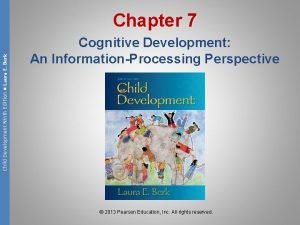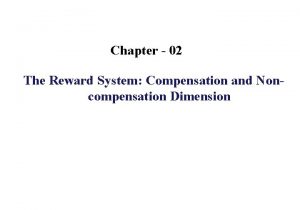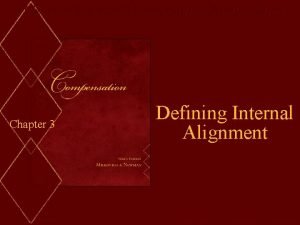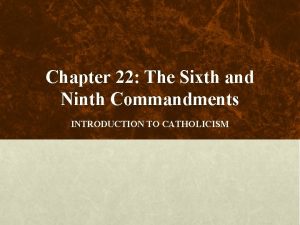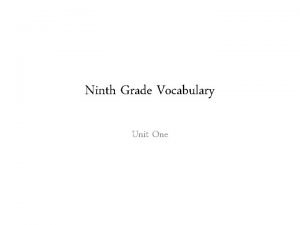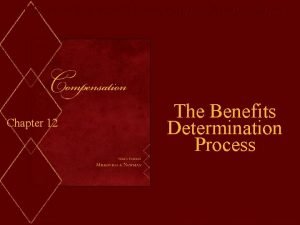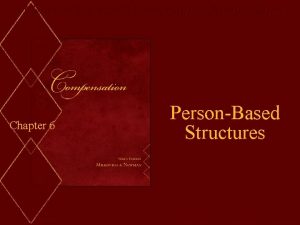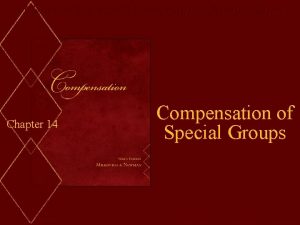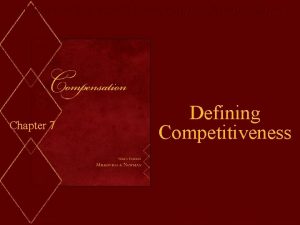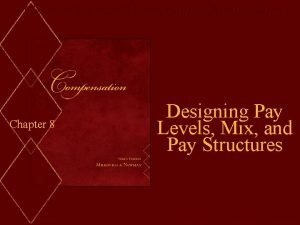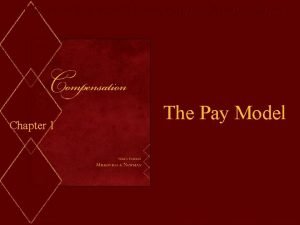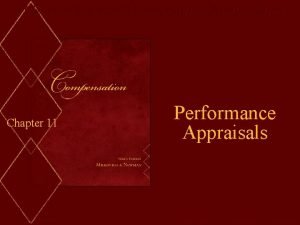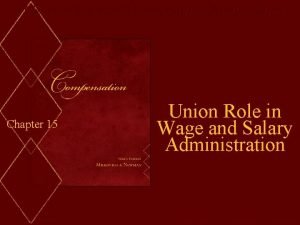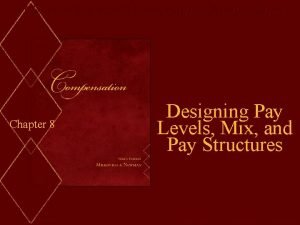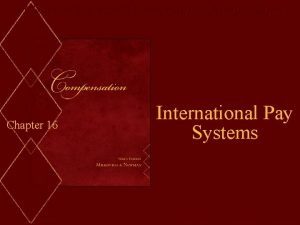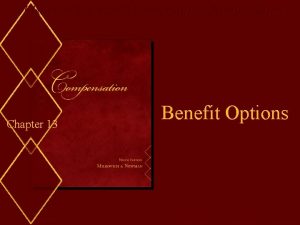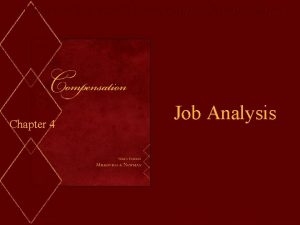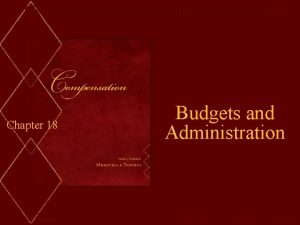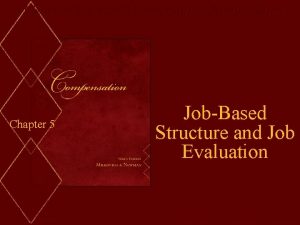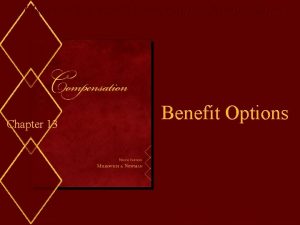MilkovichNewman Compensation Ninth Edition Chapter 15 Mc GrawHillIrwin

















- Slides: 17

Milkovich/Newman: Compensation, Ninth Edition Chapter 15 Mc. Graw-Hill/Irwin Union Role in Wage and Salary Administration Copyright © 2008 by The Mc. Graw-Hill Companies, Inc. All rights reserved.

Case Study: The Auto Industry Then… Now… 15 -2

Median Weekly Earnings of full-time wage and salary workers by union affiliation and industry, 2009 Union Nonunion $856 $697 Mining 1, 013 1, 058 Construction 1, 072 698 Manufacturing 800 762 Transportation and utilities 975 748 Wholesale and retail trade 648 609 Government 947 782 Private wage and salary (23% premium) Percentage increase, 2008 -09, private sector Union: 2. 1% Nonunion: 2. 5% Source: U. S. Department of Labor, Bureau of Labor Statistics, January 2010. 15 -3

Union Impact on General Wage Levels n Unions do make a difference in wages – Union workers earn between 8. 9% and 12. 4% more than nonunion workers n Size of gap varies from year to year – During periods of higher unemployment, impact of unions is larger – During strong economies, union-nonunion gap is smaller 15 -4

Union Impact on General Wage Levels (cont. ) n Union-nonunion wage differentials in public sector – Union employees earn about 22% more than their nonunion counterparts 15 -5

Wage Structure: Division Between Direct Wages and Employee Benefits n Presence of unions adds 20 -30% to employee benefits n Greater percentage of total wage bill allocated to employee benefits – Union workers: 36. 9% of total compensation package – Nonunion workers: 27. 8% – Higher costs due to – higher pension expenditures, and higher insurance benefits 15 -6

Wage Structure: Two-Tier Pay Plans n. Two-tier pay structures are a phenomenon of union sector – Contract differentiates pay based upon hire date – Employees hired after a target date will receive lower wages than their higher-seniority peers in similar jobs n. From management’s view, wage tiers are a viable alternative pay strategy – Cost control strategy to allow expansion or investment – Cost-cutting device to allow economic survival 15 -7

Wage Structure: Two-Tier Pay Plans (cont. ) n From a union’s perspective, wage tiers are viewed as less painful than – Wage freezes – Staff cuts among existing employees n However, tradeoff bargained away equivalent wage treatment for future employees 15 -8

Two-Tier Pay Plans n Recent two-tier agreements – Delphi, Visteon/UAW – Caterpillar/UAW – S. Cal grocery ers/UFCW n Workers on lower tier have more negative attitudes – Effects of permanent and temporary plans differ – Perceived employment mobility moderates attitudes § Low mobility workers had more positive attitudes than high mobility – Cognitive dissonance, dissonance reduction? § Source: Townsend and Partridge (1999) 15 -9

15 -10

Wage Structure: Wages of Workers vs. Pay of Managers n Evidence indicates gap between workers and their managers is 23% smaller in unionized firms n Managers in union firms receive higher wages than nonunion managers n Narrowing of gap arises because worker wages increase faster than managerial wages in unionized firms 15 -11

Union Impact: The Spillover Effect n Employers seek to avoid unionization by offering workers wages, benefits, and working conditions won in rival unionized firms n Outcomes – Nonunion management continues to enjoy freedom from union “interference” in decision making – Workers receive “spillover” of rewards obtained by unionized counterparts 15 -12

Role of Unions in Wage and Salary Policies and Practices n Role of unions in administering compensation is outlined in contract n Basis of pay – Regular pay – Overtime pay – Pay for nonstandard shifts – Incentive pay (less common than in non. U sector) n Occupation-wage differentials n Experience/merit differentials – Automatic progression based on seniority – Merit (grievable) – Combination of automatic and merit progression 15 -13

Role of Unions in Wage and Salary Policies and Practices (cont. ) n Vacations and holidays n Wage adjustment provisions – Deferred wage increases – Re-opener clauses – Cost-of-living adjustments (COLAs) or escalator clauses 15 -14

Unions and Alternative Reward Systems When employers face extreme competitive pressures, unions are receptive to alternative reward systems linking pay to performance n Union stipulations n – Equity issue involves use of group-based measures with equal payouts – Minimize bias § Use of objective performance measures in unionized firms § Use of measures based on past performance n 20 percent of all U. S. collective bargaining agreements permit some alternative reward system 15 -15

Types of Alternative Reward Systems n. Lump-sum awards – Given in lieu of merit increases n. Employee stock ownership plans (ESOPs) – Give employees part ownership in company n. Pay-for-knowledge plans – Pay employees more for learning a variety of different jobs or skills 15 -16

Types of Alternative Reward Systems (cont. ) n Gain-sharing plans – Align workers and management in efforts to streamline operations and cut costs n Profit sharing plans – Allows union members to share wealth with more profitable firms 15 -17
 Psychology ninth edition in modules
Psychology ninth edition in modules Mankiw macroeconomics 9th edition
Mankiw macroeconomics 9th edition Anatomy and physiology ninth edition
Anatomy and physiology ninth edition General adaptation syndrome
General adaptation syndrome Social psychology ninth edition
Social psychology ninth edition Biology ninth edition
Biology ninth edition Child development ninth edition
Child development ninth edition Child development 9th edition
Child development 9th edition Abnormal psychology comer 9th edition
Abnormal psychology comer 9th edition Psychology ninth edition in modules
Psychology ninth edition in modules Psychology ninth edition in modules
Psychology ninth edition in modules Biology ninth edition
Biology ninth edition Campbell ninth edition
Campbell ninth edition Compensation and non compensation dimensions
Compensation and non compensation dimensions What shapes internal structure
What shapes internal structure The six commandments of the catholic church
The six commandments of the catholic church The sixth and ninth commandments
The sixth and ninth commandments Phos root word
Phos root word






